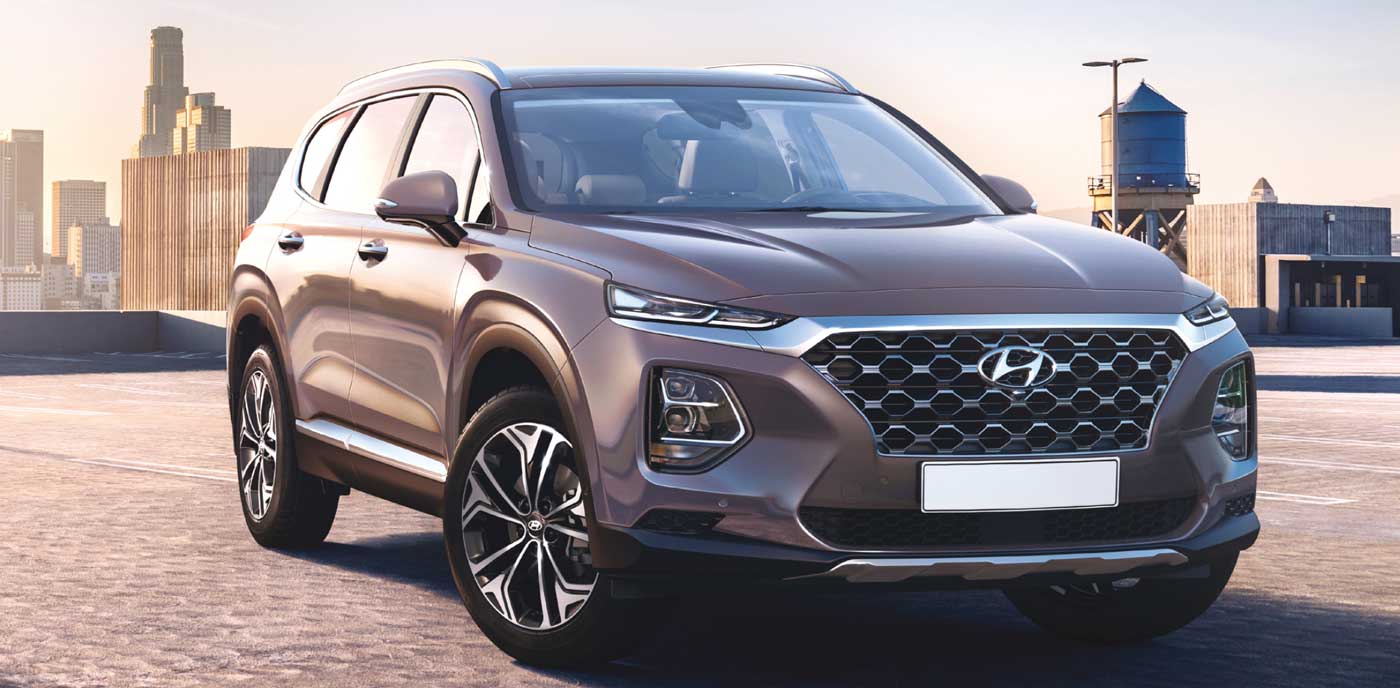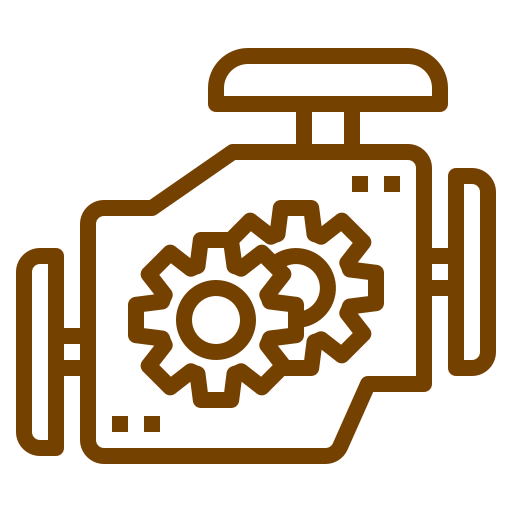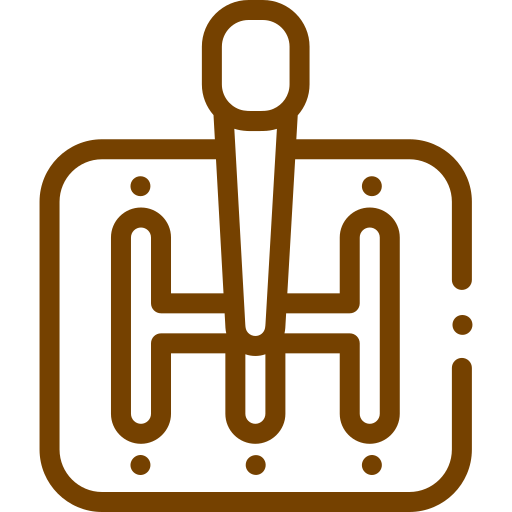HYUNDAI SANTA FE
RELIABLE AND AFFORDABLE
Mat Ranasinghe drives a seven-seater SUV that’s perfect for Sri Lankan roads

When Chung Ju-yung, the son of a poor Korean farmer, founded the company in 1947, Hyundai’s roots were in engineering and construction. It then shifted to vehicle manufacturing two decades later in 1967 with the establishment of the Hyundai Motor Company.
After producing the Cortina in the early 1970s, Hyundai decided to manufacture its own products. The first of these was the Hyundai Pony, which was powered by Mitsubishi sourced engines. In the late ’80s, the company started producing cars using its own technology and in the early 1990s, Hyundai introduced its first engine – the 4-cylinder Alpha.
It wasn’t until the 21st century that it entered the rapidly growing SUV market, and produced the first generation Santa Fe between 2000 and 2006. The second generation, which Sri Lanka imported in large numbers, ran from 2006 to 2012. The third generation was launched thereafter.
Our test car, which is the fourth generation Santa Fe, was introduced late in 2018 and reached most markets by the end of last year. Hyundai partially owns Kia Motors, which produces one of Santa Fe’s segment rivals – the Sorento. Kia recently introduced a brand-new Sorento that’s bound to rob the Santa Fe of some market share.
There’s no doubt in our minds that the Santa Fe’s design will not be everyone’s cup of tea; but its bold square silhouette along with heavily sculpted and creased linear design elements speak volumes. Large front grilles seem to be the flavour of the day among manufacturers and Hyundai is no exception.

MODEL
The Santa Fe is another quality product from Hyundai. Now in its fourth generation, it’s evident that the Santa Fe has come of age – it is well put together, reliable and more affordable than its European rivals. But does it have what it takes to be in this competitive segment?

ENGINES
Petrol engines include a 2.4-litre MPi (multi-point fuel injection) or GDi (gasoline direct injection). There’s also a more powerful 2-litre turbocharged petrol and a few countries get a 3.5-litre V6 MPi version while at the smelly pump there are 2-litre and 2.2-litre CRDi (turbo diesels).

TRANSMISSION
Six-speed manual only on the 2.4 MPi and 2.2 CRDi. The rest of the lineup gets either a six or eight-speed automatic (higher spec).

POWER
170 bhp, 185 bhp, 234 bhp and 276 bhp respectively from the petrols while the diesels yield 182 bhp and 195 bhp.

DRIVE
Front or all-wheel drive with a differential lock.

FUEL
10.2 km/litre from the 2.4-litre GDi and 13.2 km/litre from the 2.2-litre CRDi.

VERDICT
Contrary to popular (conservative) opinion, Hyundai cars are well made and reliable. Even though popular opinion often dictates resale values here in Sri Lanka, this is a great choice for any seven-seater SUV family buyer!
The grille is divided into a large wave patterned upper and closer grained lower section, with a solid plastic bar housing the licence plate and separating the two sections. And the thin elongated wraparound headlamps merge with a central chrome bar that frames the top of the grille. The rear tailgate is fairly upright and partly the reason why the Santa Fe is so spacious inside.
Head and legroom in the second row are generous, and they’re able to seat three comfortably. Even in the third row, the space is acceptable although headroom may be tight for taller adults. There’s an electric tailgate as well as buttons in the boot to easily fold the second row.
The dashboard and control gear are laid out thoughtfully with items relating to driving surrounding the gear selector, audio/video controls at the top, climate controls midway and USB/wireless charging below.
Although the materials are not impressive – with many a trim panel wrapped in cheap scratchy plastics – the partially virtual dash is clear, practical and gets the job done. And there’s also an optional panoramic sunroof that reaches all the way to the second row.
Our test car was a 2.2-litre CRDi mated to an eight-speed auto, which is a better choice than the naturally aspirated 2.4-litre petrol with a six-speed auto. The Santa Fe made light work of whatever we could throw at it and left us impressed with its torque of 440 N.m in sport mode. Hard cornering does make you feel its considerable bulk but that’s no surprise. The diesel did the zero-100 kmph dash in a respectable 9.5 seconds, which is about a second quicker than the 2.4-litre.


The seven-seater medium-large SUV segment is growing and Hyundai’s offering has quite a few noteworthy competitors. The closest and most obvious is the Kia Sorento, the new version of which is expected soon.
Others include Škoda’s Kodiaq, Mazda’s aging CX-9 and the all new CX-8, and Land Rover’s recently updated Discovery Sport. Mercedes-Benz GLB will soon join the list after it completes local compliance in Singapore.
So would we advise for or against the Santa Fe?
Well, we would certainly encourage you to consider it. But if you can wait a few months, the new Sorento is sure to impress and outshine its cousin.


